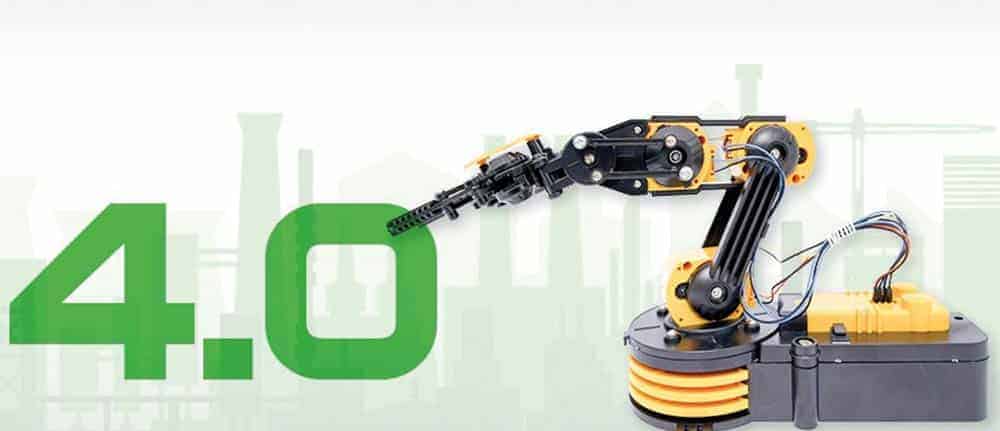Increased Efficiency Through Electronic Shelf Labels

In the past few years, customer demands have become more complex. Before making a buying decision, they critically evaluate quality, price, and service by comparing it to competitors’ products. Transparent pricing is a must now. In brick-and-mortar stores, the first step in that direction can be electronic shelf labels (ESL).
It has long been known that customers in Germany are more conscious shoppers and more price-sensitive than elsewhere. This makes transparent pricing all the more important. In stationary retail, this is becoming increasingly easy. After all, price tags on the shelves can now be controlled electronically at the push of a button from the head office or the point of sale. This meets expectations and creates customer loyalty.
Retailers primarily benefit from increased efficiency. Before, employees had to manually change or update labels; now, a software is taking care of that same process automatically. This leads to less time-consuming and error-prone processes.
Versatile
Furthermore, retailers leveraging ESL are more flexible. Prices can be adjusted to up-to-date market data or trends as often as needed. For example, if an event in town is driving up beer consumption, the price of a sixpack can be raised by a few cents. Or if a salad is gradually becoming less appealing, a discount can be applied. To reap even more benefits, customers should be notified about discounts and such through the retailer’s app or online store. Retailers could also display customer reviews, availability, and promotional activities on the electronic labels for even more transparency. Such a service-oriented omnichannel experience simplifies customers’ buying decision.
Electronic shelf labels are more and more often also used behind the scenes, in intralogistics processes. For example, they are useful for labeling picking carts, containers, shelfs, and pick-by-light processes. The electronic labels are controlled and updated through the ERP system, displaying order numbers, QR codes, and barcodes. Typing, printing, sticking is no more!
Seamless integration
The benefits are huge. Firstly, electronic labels make adjustments possible from anywhere, anytime, meaning information is always up to date. Secondly, assigning and keeping track of machines, orders, contents, and status becomes easier. Thirdly, there ceases to be a disconnect between data from inventory and data in the software. An automatic interplay of ERP system, mobile devices, and electronic shelf labels reduces manual effort significantly. By the way: The labels only need electricity while changing the displayed information.
Electronic shelf labels can be seamlessly integrated into the existing ERP landscape as on-premises or cloud solution and customized to fit individual requirements. The implementation doesn’t require any downtimes and only takes a few weeks. After implementation comes the testing phase to gather data on feasibility, speed, effort, and reliability and make adjustments as needed.
However, for ESL to be a success, companies need to ensure tight integration between products and software. Without harmonizing the data and integrating the different systems, many—if not all—benefits of electronic shelf labels cannot be realized. Companies need a holistic approach to make ESL in intralogistics a success.







